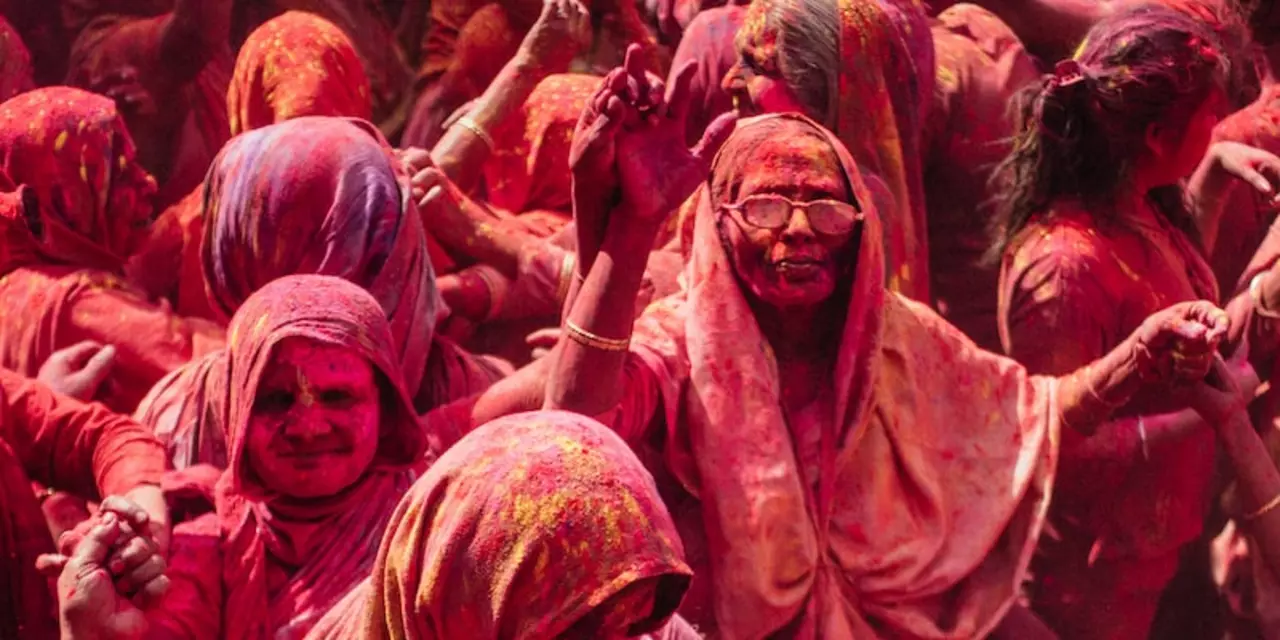News Websites: The Hindu vs Times of India – What Sets Them Apart?
If you spend even a few minutes online searching for headlines, you’ve probably landed on either The Hindu or the Times of India. Both are giants in Indian journalism, but they serve very different readers. Let’s break down the basics so you can decide which site fits your daily news routine.
Design and User Experience
The Hindu’s website feels clean and minimalist. It uses a lot of white space, which makes long articles easier on the eyes. Navigation is straightforward: top menu for sections like Business, Sports, and Opinion, plus a search bar that works well for deep dives.
Times of India, on the other hand, leans heavy on visuals. You’ll see big banner images, video thumbnails, and a constantly updating ticker of breaking news. It’s a bit crowded, but if you like a fast‑pacing layout with lots of content at a glance, it hits the spot.
Content Focus and Tone
The Hindu is known for in‑depth reporting and a relatively formal tone. Its editorial pieces often include data, expert quotes, and a balanced view. This makes it popular among professionals, academics, and policy‑minded readers who want context, not just the headline.
Times of India adopts a more conversational style. Stories are shorter, with punchy leads and a mix of serious news and lighter sections like entertainment, lifestyle, and cricket. It’s built for quick consumption, perfect if you’re scrolling through during a commute.
Both sites cover the same major events—politics, economy, sports—but the depth varies. If you need a thorough analysis of a budget speech, The Hindu will likely dive deeper. If you just want to know who won the latest IPL match, Times of India gets you there faster.
Subscription Models and Access
Both platforms offer free content, but with limits. The Hindu allows a handful of articles per month before asking for a subscription. Its paid tier unlocks unlimited reads, ad‑free browsing, and archives.
Times of India also caps free reads, though the limit is a bit higher. Its premium plan removes ads and adds exclusive newsletters. Many readers switch between the two, using The Hindu for deep dives and Times of India for daily briefs.
Why the Difference Matters for You
Choosing the right news website isn’t just about brand loyalty; it’s about how you process information. If you appreciate a slower pace, enjoy nuanced opinions, and don’t mind a cleaner layout, The Hindu should be your go‑to. If you prefer a lively feed, quick snippets, and a mix of serious and entertaining stories, Times of India fits the bill.
Both sites are mobile‑friendly, offer apps, and keep their social media streams active. The key is to match the site’s style with your own reading habits. Try spending a week on each—note how often you finish articles, how often you share pieces, and which tone feels more natural to you.In the end, India’s news landscape is richer because these two platforms cater to different needs. Whether you’re a hedge fund professional needing detailed market analysis or a casual reader looking for the next cricket score, understanding the core differences helps you get the most out of each site.
So, which one will you open first tomorrow morning? The answer might surprise you once you see how the design, tone, and subscription options align with your daily routine.
